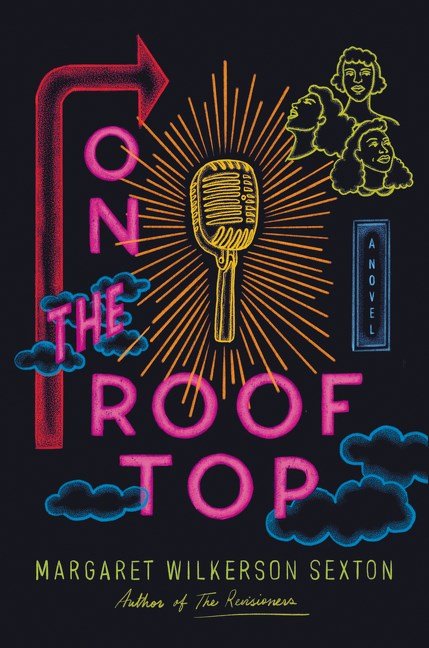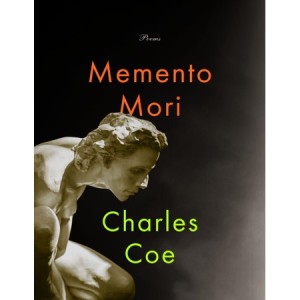
In the 1950s, San Francisco’s Fillmore District had a large Black population, contributing to its reputation as the largest jazz scene on the West coast. Vivian sees music as the ticket to give her three daughters a better life. Ever since hearing Ruth, her oldest, astound the church with her choir solo, Vivian has been training her to become a professional singer, adding Esther and Chloe, the youngest, as they began to show interest and talent.
By the beginning of this, Sexton’s third novel, the three are performing regularly at neighborhood clubs as the Salvations. Vivian drills them relentlessly on their routines up on the roof of their apartment building, inventing warmup exercises, song arrangements and dance steps.
Having endured racial violence in Louisiana, the death of her beloved husband, and the drudgery of her own nursing job, Vivian wants more for her daughters. Now, just as the dream seems within reach, with an offer for major representation, the three young women begin to second-guess the path they’ve been following.
The joys and conflicts between three sisters are familiar from fairy tales and folklore. Some of us (me) also have personal experience of these dynamics. Sexton shifts between Vivian’s point of view and that of each of the sisters, giving us their distinct personalities and desires, as well as their complicated relationships with their mother and each other.
Further difficulties arrive with White developers, maneuvering to drive out Black residents and business owners with underhanded tactics and cash offers. Clearing out Black people in the name of “urban renewal” happened in cities across the U.S. during the mid-twentieth century. Here, not only renters like Vivian are threatened, but also the owners of the clubs, the church that is so much a part of the family’s life, and the businesses where they work.
This is not an action-packed thriller, but rather a story of family and community, how love and tensions can co-exist within them, how one generation’s dreams may or may not be relevant to the next. Even big blow-ups are treated with realism rather than melodrama. This isn’t a typical rags-to-riches drama of an artist’s life, but something more real, more important.
I mostly identified with Vivian and her concern for her children. However, I can imagine younger readers being put off by the amount of control she exercised over her daughters, trying to direct their lives down the path of her choosing. Having grown up in the 1950s and 1960s, I can attest to how common it was back then for parents to expect to make such decisions for their children.
Also, as we just saw during the Olympics, to achieve at such high levels requires dedication and hard work from an early age. This family reminded me of Venus and Serena Williams and made me consider what sacrifices they had to make. It also made me wonder about the emotional negotiations that must have taken place between their dreams and their father’s.
I enjoyed this slow burn of a story, with its focus on relationships. Vivian, the three daughters, Vivian’s best friend Mary, even the Preacher are all vivid characters with their own dreams and desires, their own flaws. I found it a gift to be part of this family and their world for a little while.
Have you read a novel by Margaret Wilkerson Sexton? What did you think of it?
